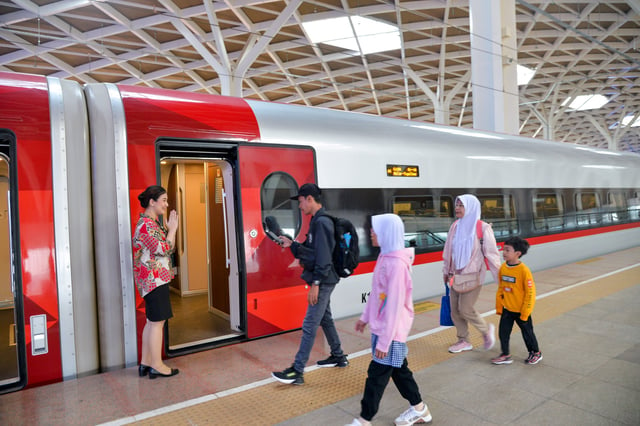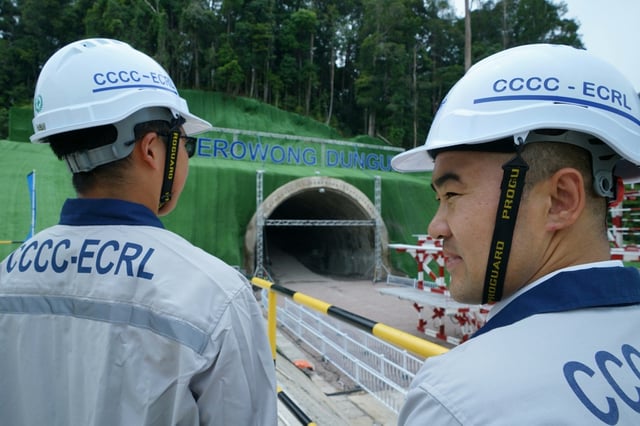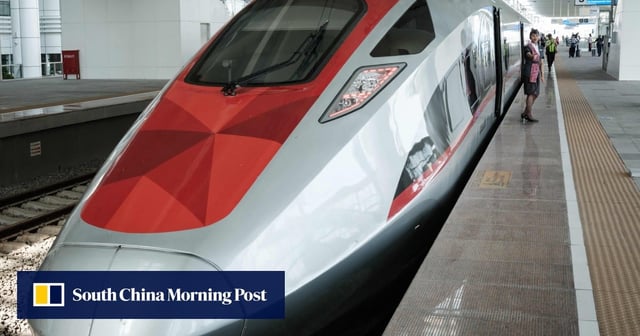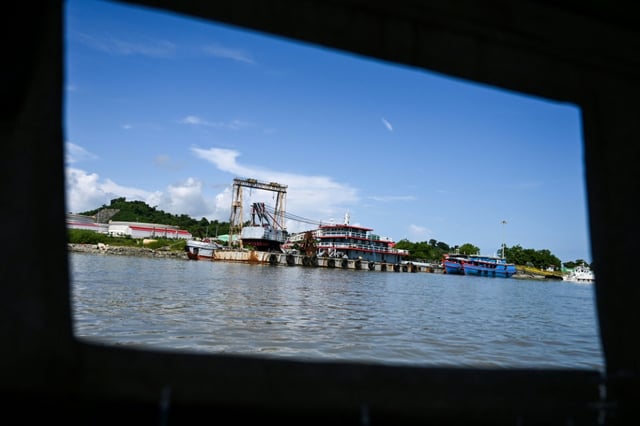Overview
- Official development finance to Southeast Asia peaked at US$29 billion in 2023 but is projected to shrink by over US$2 billion by 2026 due to US and European aid cuts.
- President Trump’s administration has scrapped roughly US$60 billion in overseas aid and Europe plans to cut US$17.2 billion through 2029 while the UK reduces annual aid by US$7.6 billion.
- China’s infrastructure commitments surged fourfold to nearly US$10 billion in 2023, driven largely by the revival of Myanmar’s Kyaukphyu deep-sea port project.
- Under a no-strings-attached policy, Beijing has overtaken individual Western donors as the region’s largest single infrastructure financier, expanding high-speed rail links in Vietnam, Thailand, Indonesia and Malaysia.
- Australia increased its aid to Southeast Asia in 2023 and its 2025-26 budget prioritises health, climate and humanitarian programs across the Indo-Pacific, directing about 75 percent of its assistance there.



